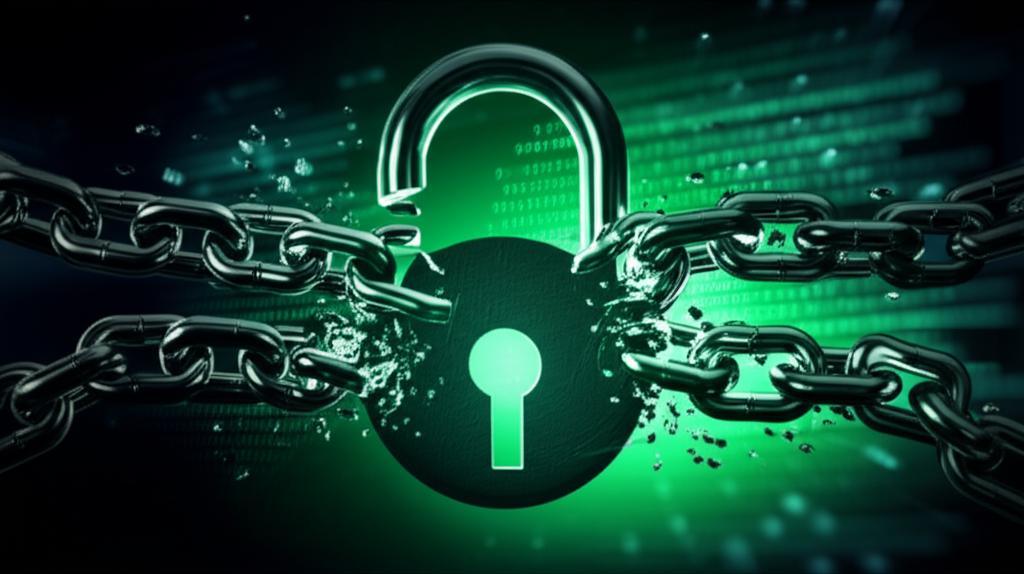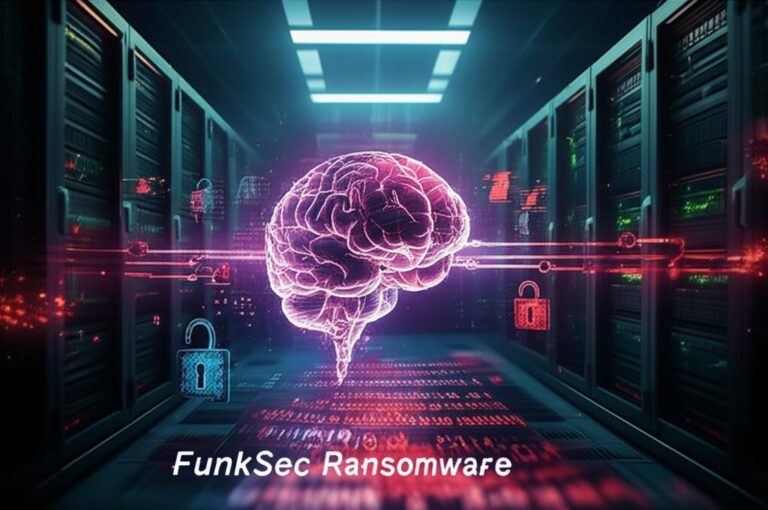Ultimate Guide: Securely Remove Ransomware & Protect Your PC
Ransomware is a malicious software that encrypts your files, making them inaccessible, and then demands a ransom (usually in cryptocurrency) for their decryption. It’s a terrifying experience that can lead to significant data loss and financial strain. This comprehensive guide will walk you through the crucial steps for effective ransomware removal and robust prevention strategies.
Understanding the Ransomware Threat
Before diving into removal, it’s vital to understand what you’re up against:
- Encryption: Ransomware encrypts your personal files (documents, photos, videos) with a strong cipher.
- Ransom Note: You’ll typically find a text file or an on-screen message detailing the ransom demand, payment instructions, and a deadline.
- Data Loss Risk: Even if you pay, there’s no guarantee your files will be decrypted, and you might not get a working decryption key.
- Propagation: Ransomware often spreads through phishing emails, malicious downloads, unpatched software vulnerabilities, and infected websites.
Immediate Critical Steps When Attacked
Time is of the essence when dealing with a ransomware infection. Act fast to minimize damage:
1. Isolate the Infected Device
- Disconnect from Network: Immediately disconnect the infected computer from all networks – Wi-Fi, Ethernet, and any shared drives. This prevents the ransomware from spreading to other devices on your network.
- Disconnect External Storage: Unplug any external hard drives, USB drives, or cloud storage devices that might be connected, as they could also become infected.
2. Do NOT Pay the Ransom
Cybersecurity experts and law enforcement agencies strongly advise against paying the ransom. Paying encourages cybercriminals, funds their future illicit activities, and offers no guarantee of data recovery.
Ransomware Identification and Removal Process
1. Identify the Ransomware Strain
Knowing the specific ransomware variant can be crucial for finding a potential decryption tool.
- Online Identification Tools: Websites like No More Ransom! offer tools (e.g., Crypto Sheriff) where you can upload a ransom note or an encrypted file to identify the strain.
- File Extensions: Note any new, unusual file extensions appended to your encrypted files (e.g., `.locked`, `.crypt`, `.ryuk`).
2. Remove the Ransomware Malware
Even if you can’t decrypt your files, removing the active malware is essential to prevent further damage.
a. Boot into Safe Mode with Networking
Starting Windows in Safe Mode limits the programs and services that run, potentially preventing the ransomware from executing fully.
- Restart your computer.
- During startup, repeatedly press the F8 key (or Shift + Restart in Windows 10/11) to access advanced boot options.
- Select “Safe Mode with Networking.”
b. Run a Full Antivirus Scan
Once in Safe Mode, use a reputable antivirus/anti-malware program to scan and remove the threat.
- If you have existing antivirus software, ensure it’s updated and run a deep scan.
- Consider a second opinion scanner like Malwarebytes or HitmanPro, which can often catch threats missed by primary antivirus.
3. Decrypting Your Files (If Possible)
This is the most challenging part, and success depends on the specific ransomware strain and available tools.
- No More Ransom! Project: Visit No More Ransom! regularly. This initiative, supported by law enforcement and cybersecurity companies, provides free decryption tools for various ransomware strains.
- Data Recovery Specialists: In some rare and critical business cases, specialized data recovery firms might offer solutions, but this is often very expensive.
Post-Removal and Prevention Strategies
After dealing with an infection, it’s time to fortify your defenses.
1. Restore from Backups
The most reliable way to recover from ransomware is to restore your files from a clean, recent backup. This is why robust backup practices are paramount.
- 3-2-1 Backup Rule: Keep at least three copies of your data, store them on two different types of media, and keep one copy off-site.
- Offline Backups: Store backups on external drives or cloud services that are disconnected from your primary network when not in use.
2. Keep Software Updated
Cybercriminals often exploit vulnerabilities in outdated operating systems and software. Enable automatic updates for:
- Operating System (Windows, macOS, Linux)
- Web Browsers
- Antivirus Software
- All other applications (Adobe products, Java, Microsoft Office)
3. Use Strong Antivirus and Anti-Malware Software
Invest in and regularly update a reputable cybersecurity suite that offers real-time protection, behavior-based detection, and firewall capabilities.
4. Practice Email and Web Safety
- Be Skeptical: Never open suspicious attachments or click on links from unknown senders.
- Verify Senders: If an email seems even slightly off, verify the sender through other means (e.g., call them) before interacting with the email content.
- Hover Before Clicking: Hover your mouse over links to see the actual URL before clicking.
5. Implement Strong Password Policies and Multi-Factor Authentication (MFA)
Strong, unique passwords for all accounts, combined with MFA wherever possible, add significant layers of security against unauthorized access that could lead to ransomware deployment.
6. Network Segmentation (for businesses)
Segmenting your network can limit the lateral movement of ransomware, preventing it from spreading across your entire infrastructure.
Conclusion
Ransomware is a persistent and evolving threat, but effective **Ransomware Removal** and prevention are possible with diligence and the right strategies. By acting quickly, utilizing available tools, and implementing a robust cybersecurity posture, you can significantly reduce your risk and protect your valuable data. Stay informed, stay vigilant, and make proactive security a habit.







